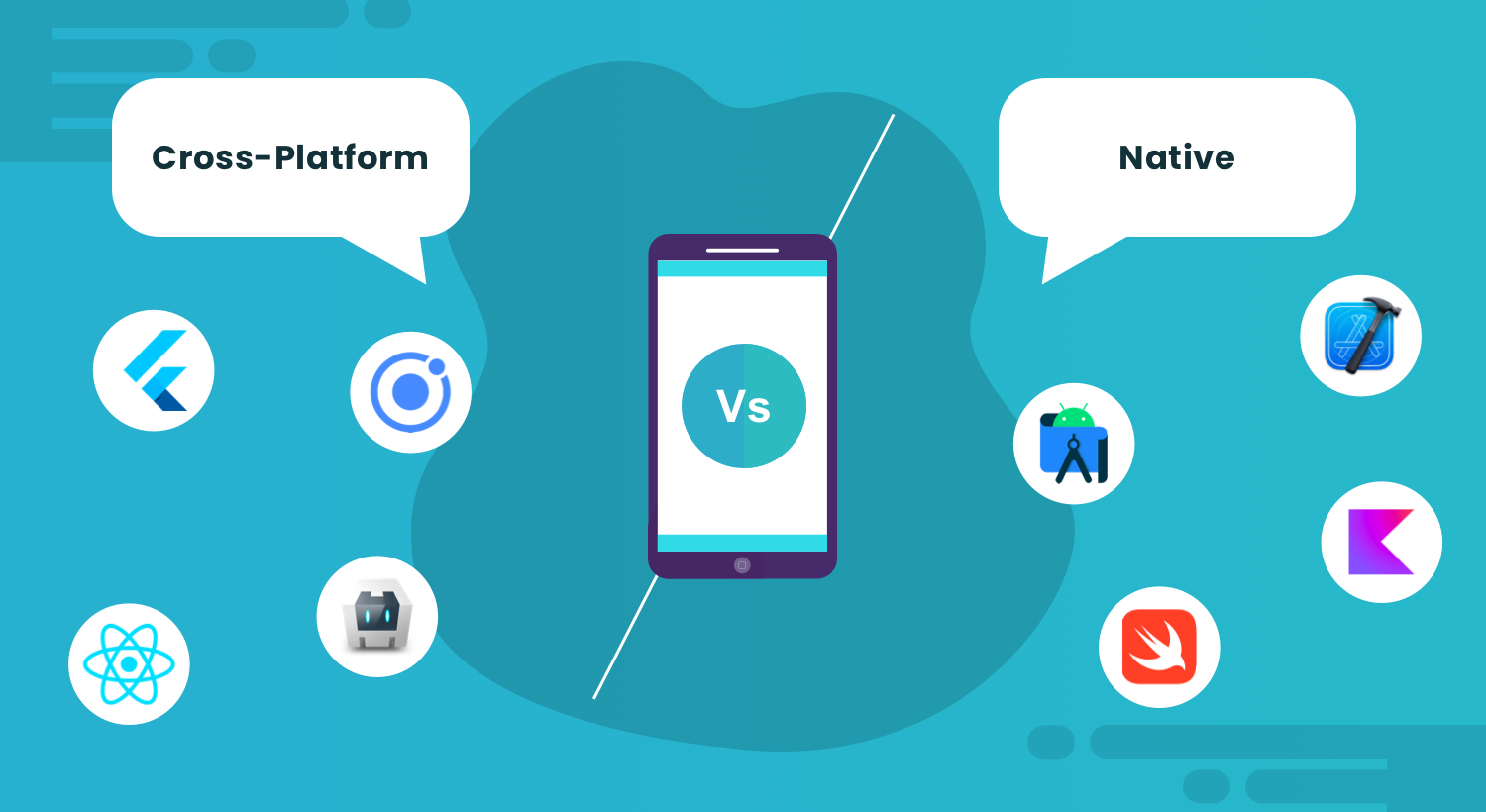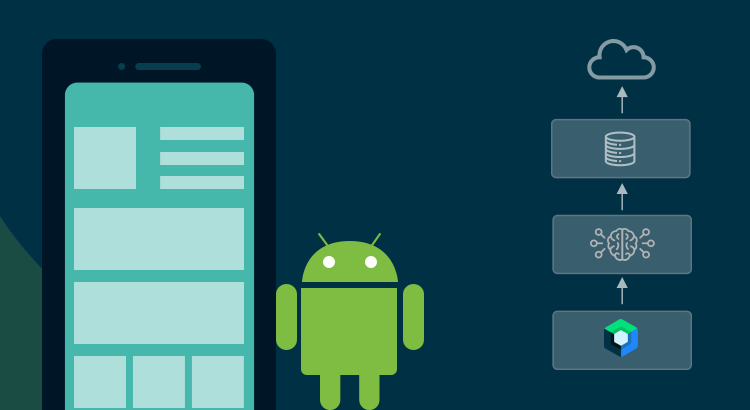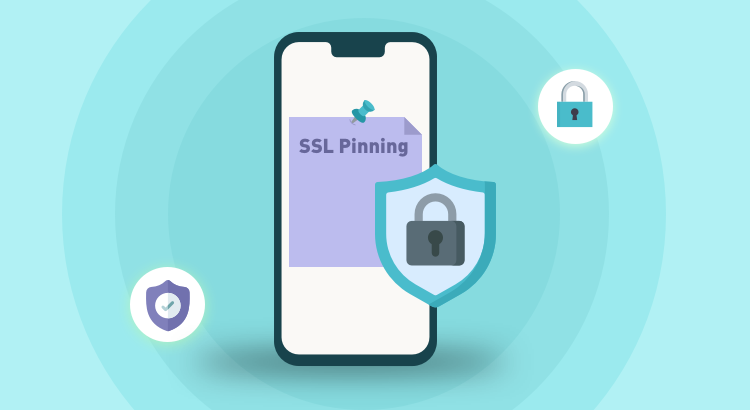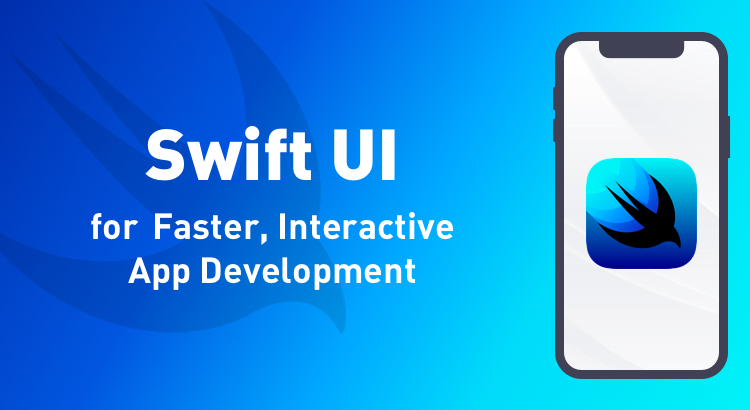Whether to opt for native development or cross-platform is a question as old as the major mobile platforms themselves. Yet it continues to vex clients on the verge of their next app project even in 2023.
Native app development leverages development tools provided by the platform vendors themselves (Objective C and Swift for iOS, Java and Kotlin for Android) and requires creating and maintaining separate code bases for both platforms. From the quest for a single code base emerged hybrid app development (web apps with native elements) and cross-platform development (apps with with shareable and reusable code).
With tools like Flutter, React Native, and Xamarin catapulting cross-platform development to new heights (read: shorter learning cycle, significant cost savings, wide community support), product owners are genuinely puzzled. Should they go cross-platform or native?
Let's find out the answers today.
(more…)














